
Beneath towering battlements and echoing halls, medieval castles concealed features as ingenious as they were deadly. Every structure held a lesson in strategy, crafted by minds that understood combat, power, and survival. Here are 10 defensive features that made these fortresses nearly impossible to breach.
Keeps
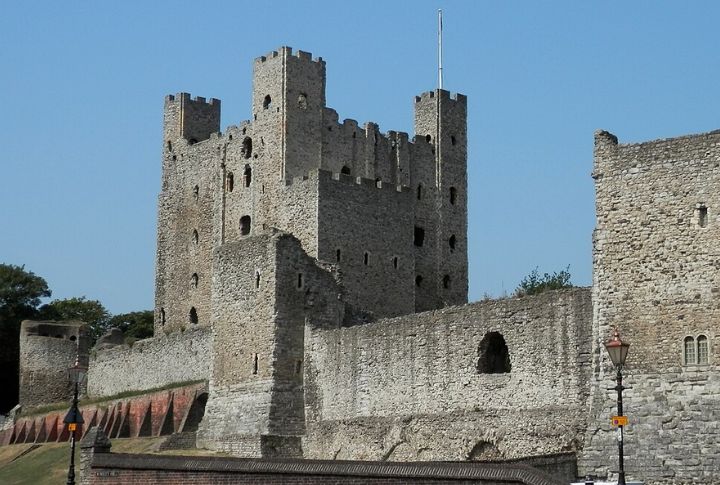
The keep was the castle’s tallest and most fortified structure, designed to hold firm even if the outer walls collapsed. These multi-story strongholds stored essential supplies and served as a last line of defense. Often home to the ruling family, their height and stone bulk projected strength and authority.
Barbicans
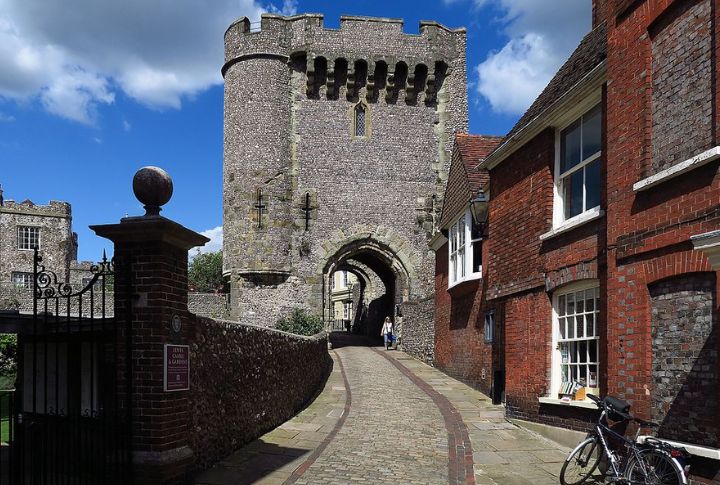
Flanking the main gate like stone jaws, barbicans acted as a castle’s first ‘hello’ to uninvited guests—loud and looming, heavily laden with formidable barricades. Furthermore, narrow passages formed by the outer defenses gave archers a clear and deadly advantage. Essentially, barbicans were traps masquerading as welcome mats.
Murder Holes

Murder holes weren’t just ominously named; they earned it. These vertical openings, typically above gateways or passageways, let defenders drop rocks, boiling water, hot oil, or arrows directly onto enemies trapped below. Unlike arrow slits, which allowed ranged defense, murder holes added vertical offense where invaders least expected it.
Crenellations
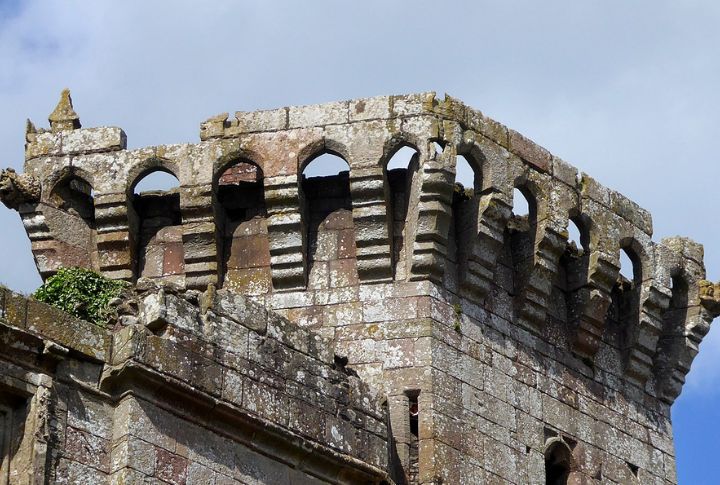
Simply defined as alternating high and low sections along parapet walls, crenellations helped archers stay protected behind merlons (the solid parts) and shoot through crenels (the gaps). This design gave them a clear line of sight to advancing enemies while limiting their exposure to return fire.
Chemin De Ronde

Also known as wall walks, the Chemin de Ronde was a structure built into the inner side of curtain walls to enable guards to patrol quickly and reposition as needed. Picture soldiers stalking along towering stone paths, eyes peeled as they scan for invaders. A notable example of this feature is the Mont-Saint-Michel, a tidal island in Normandy, France.
Water Moats
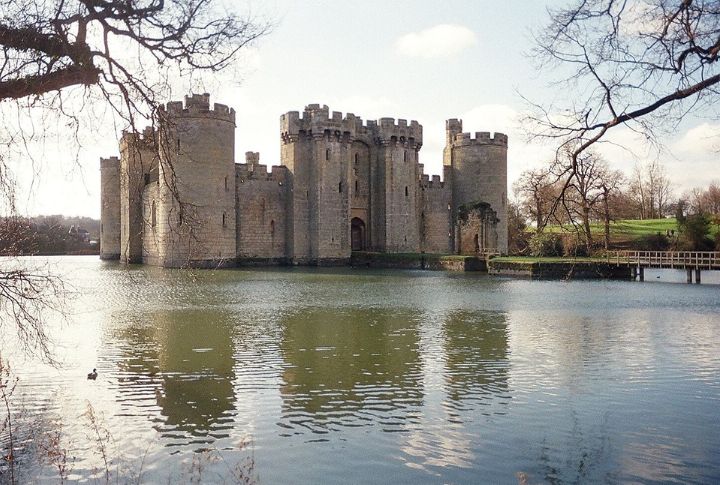
Water moats did more than frustrate would-be intruders. Their muddy depths blocked underground tunneling, a common siege tactic, and slowed the advance of siege towers. By narrowing the approach to specific entry points, moats gave defenders a clear upper hand against advancing forces.
Garderobes

Medieval sanitation found its answer in the garderobe, a sort of privy set high into the castle wall. Waste was funneled through chutes into cesspits or moats below to keep living areas free of foul odors. Though rudimentary by today’s standards, their placement showed surprising foresight in separating hygiene from habitation.
Turrets
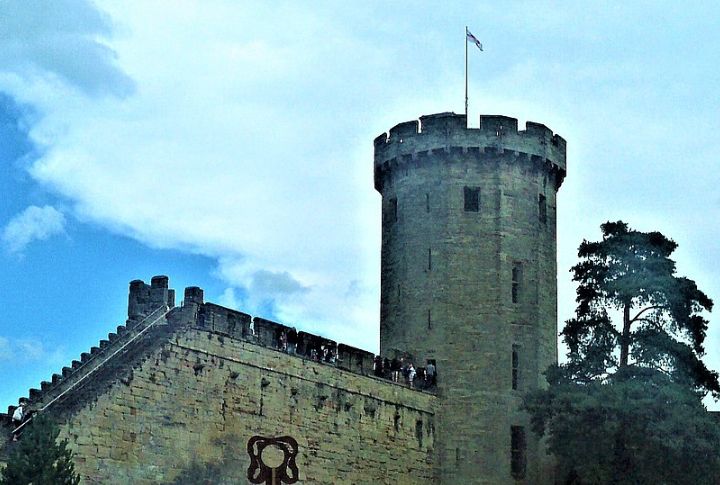
More than decorative towers, these slim, vertical towers were projected from curtain walls or corners to offer archers sweeping views and sharp firing angles. The staggered positioning allowed crossfire to create near-impenetrable strongholds. Plus, their elevated reach further added flexibility without expanding the castle’s footprint.
Drawbridges

A moving bridge was a stroke of brilliance! When raised, drawbridges sealed any entry; when lowered, they lured enemies onto exposed positions before defenders could spring their trap. Krak des Chevaliers’ drawbridge (located in Homs Governorate, Syria), for instance, was perfectly calibrated for tactical deception and remains a modern-day marvel.
Arrow Slits
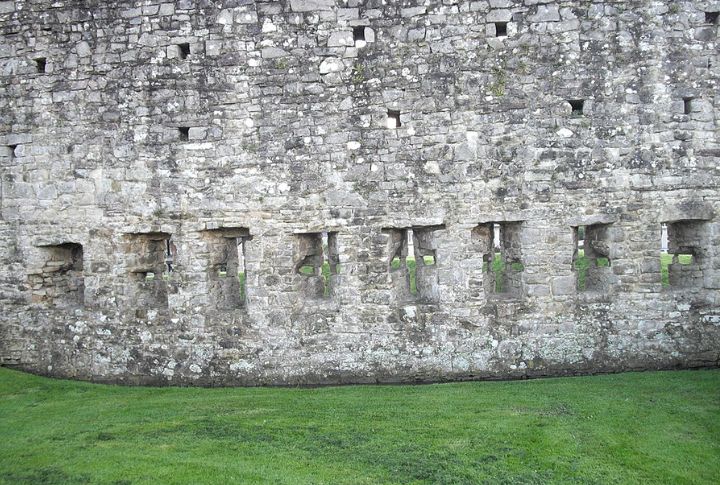
Deceptively narrow, these slits optimized archery attacks while shielding defenders from return fire. The perfect balance of lethality and protection, arrow slits gave marksmen a supreme advantage. The Tower of London’s slits still stand ready: silent reminders that medieval war was fought with precision, patience, and well-placed shots.

